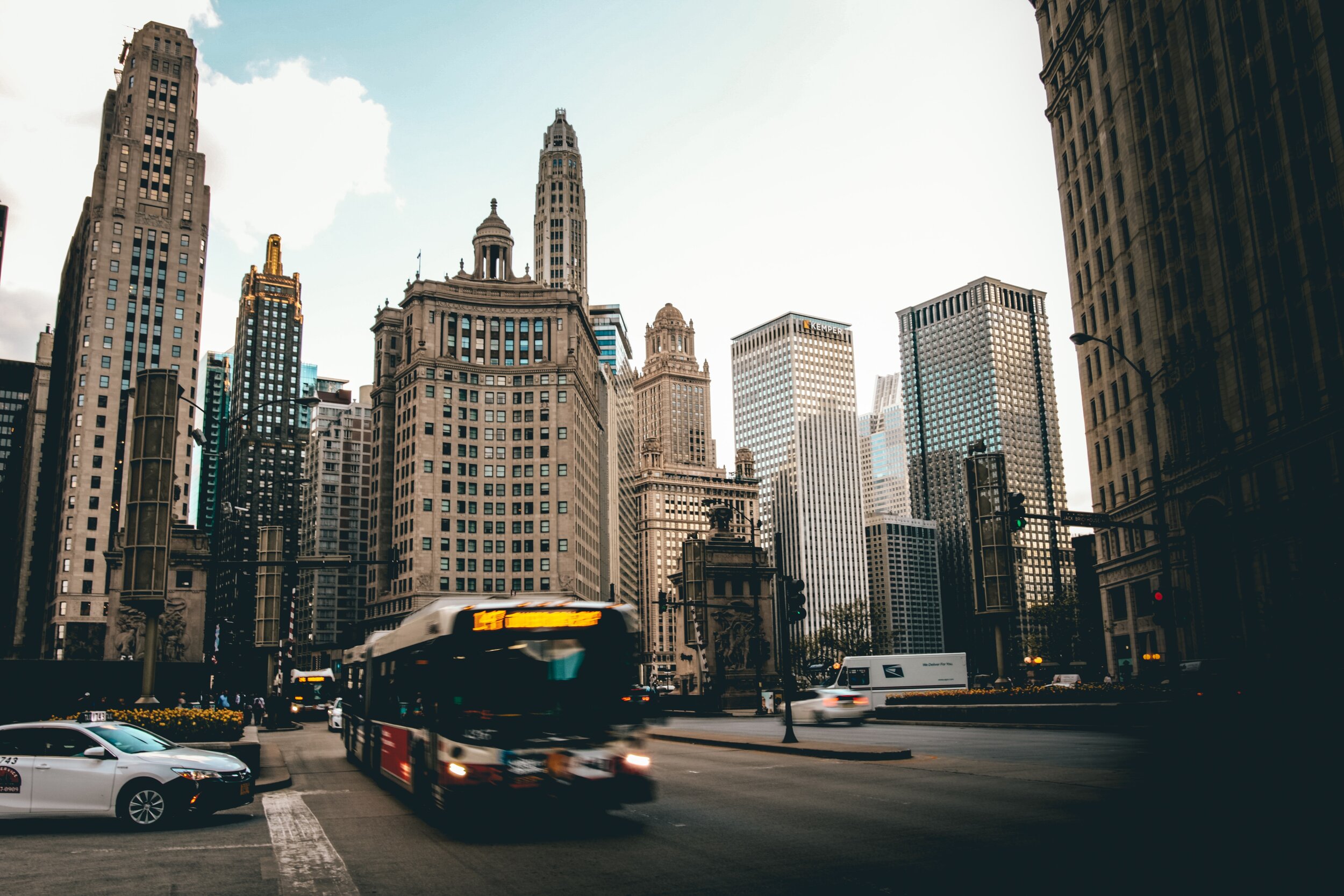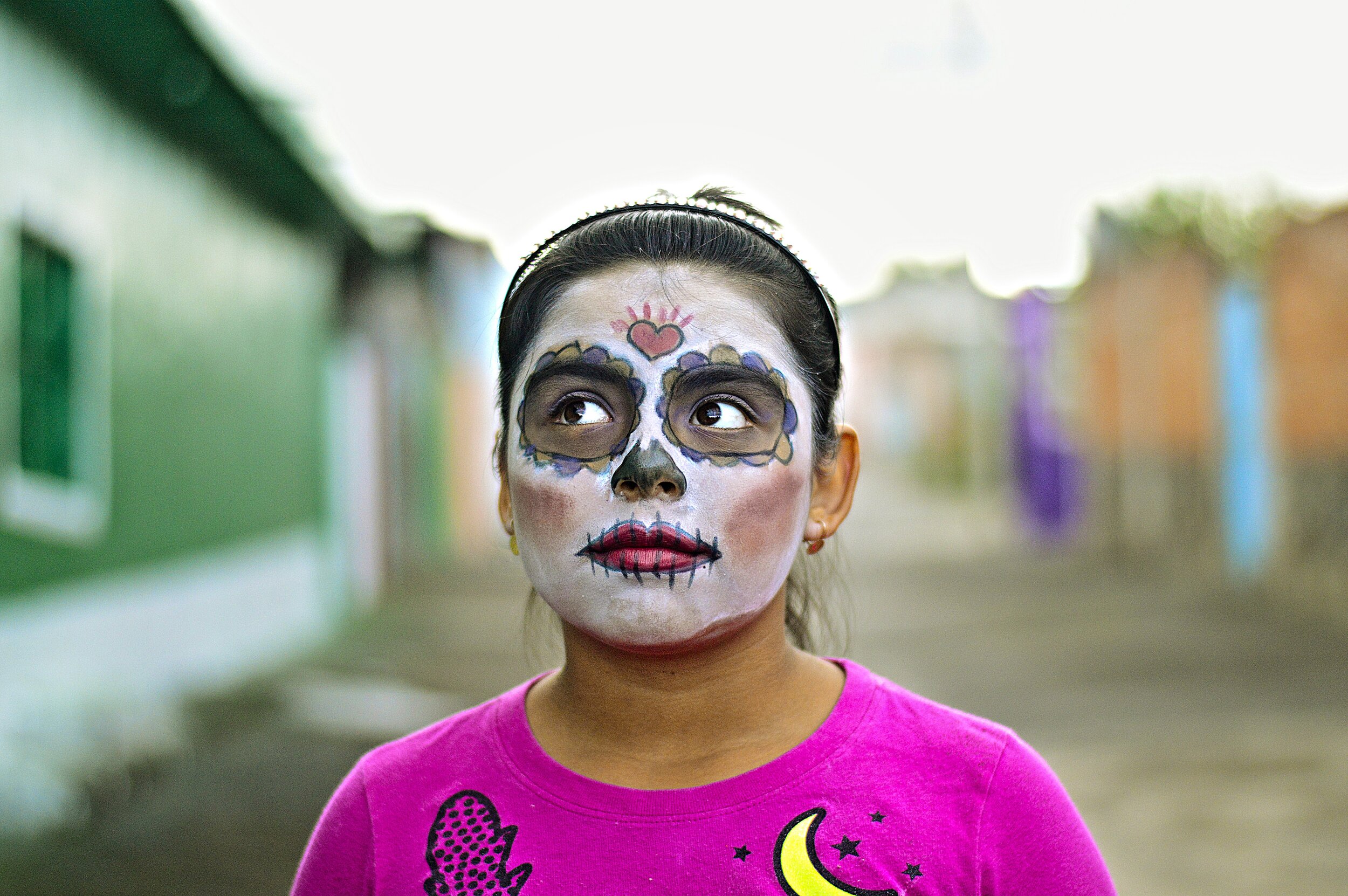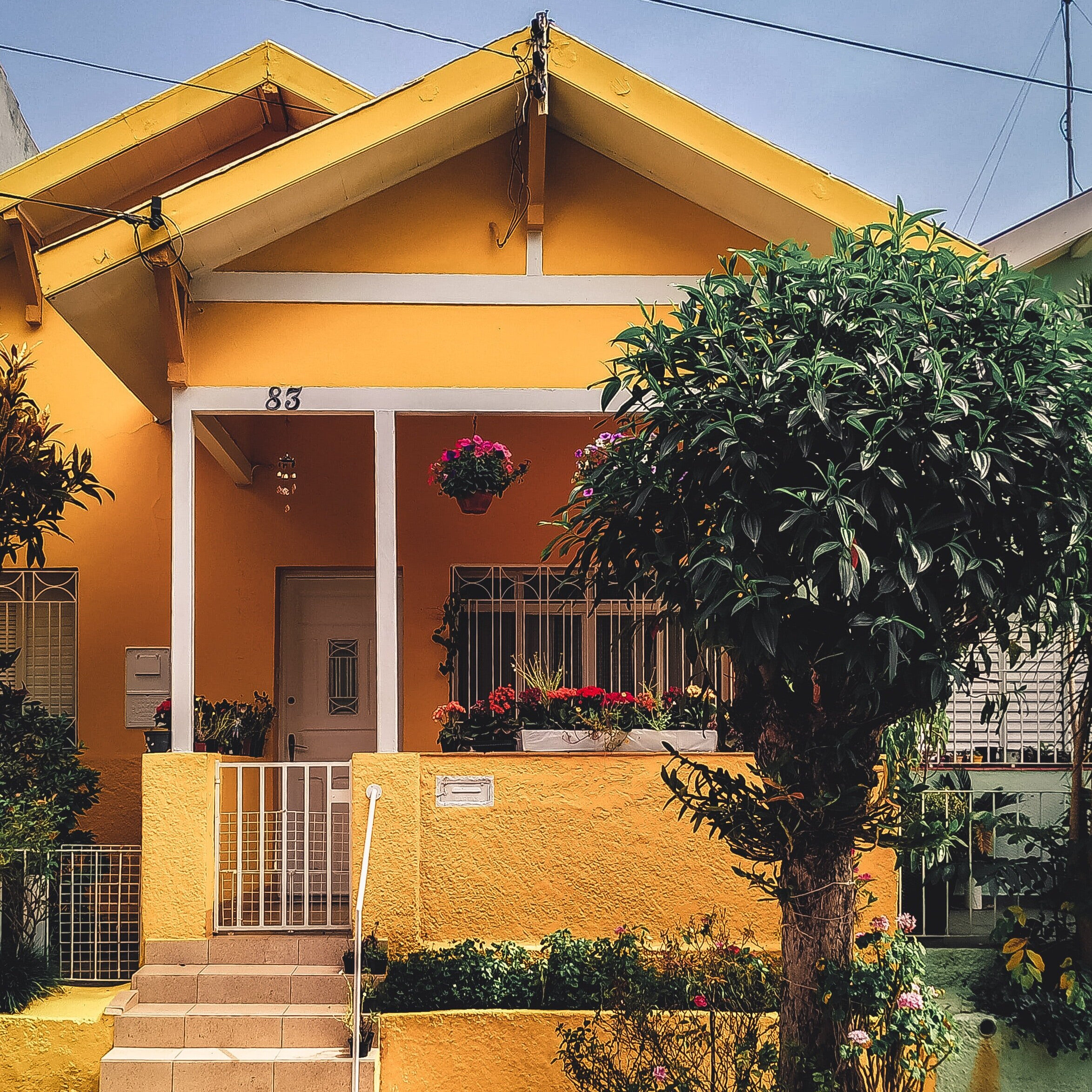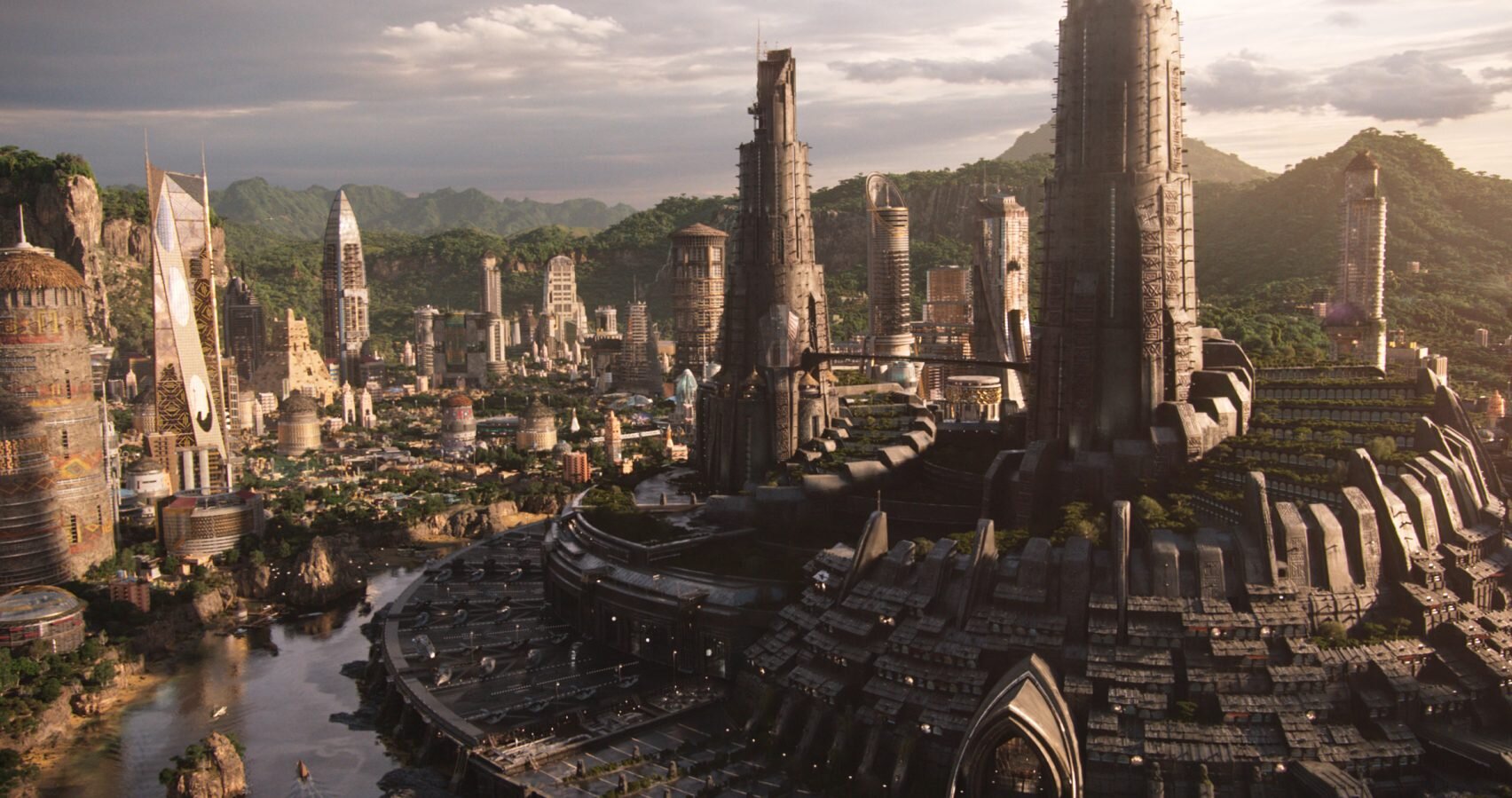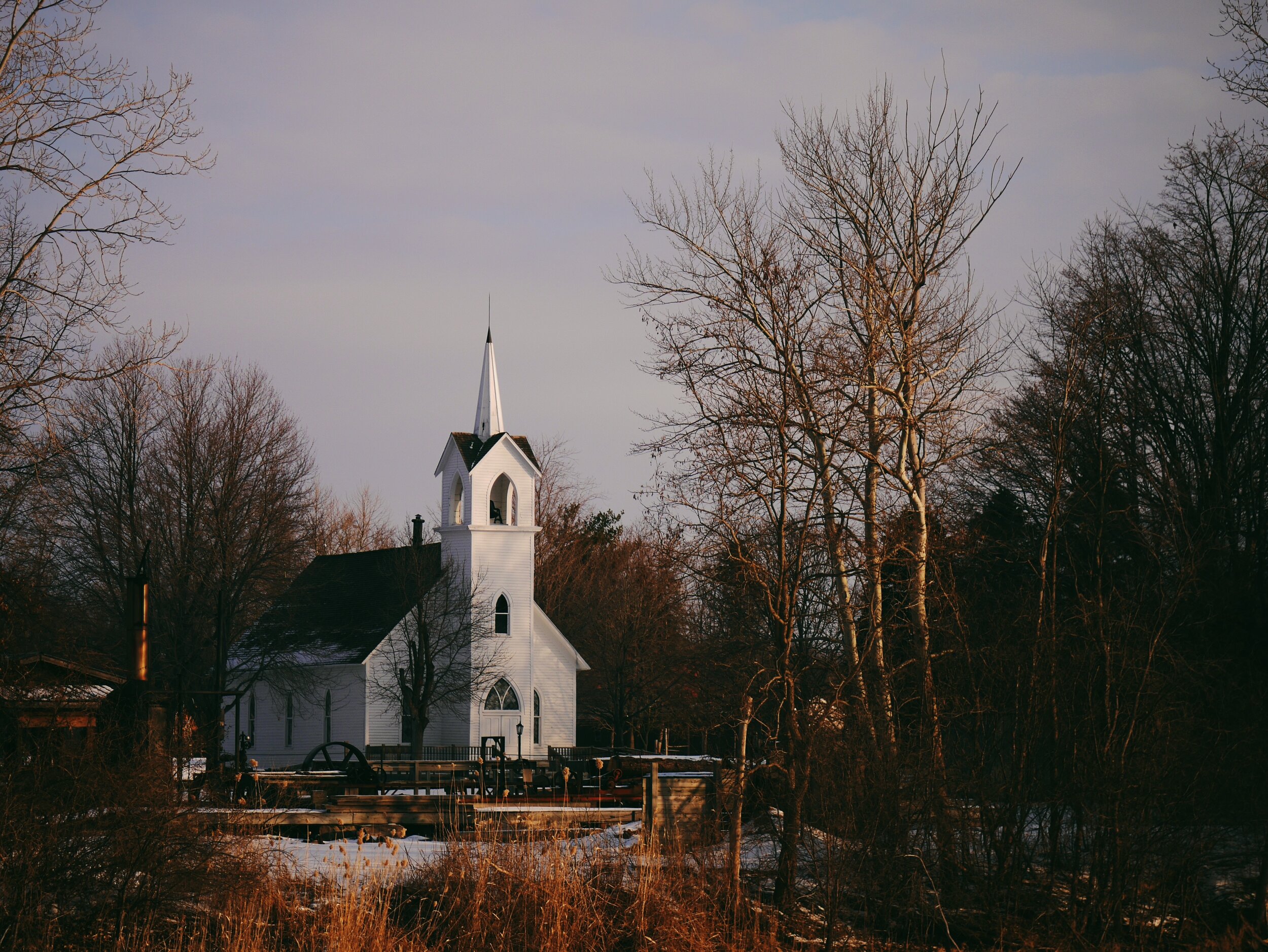I was never a Roman Catholic. I only remember a handful of experiences in a Roman Catholic church, all for the baptism or confirmation of friends. As with most Puerto Ricans I know, my faith heritage was Pentecostal-Protestantism. We were the legacy of Azusa street. Evangelists like Nicky Cruz and Yiye Avila were the heroes of my father. My abuelo was there in New York standing precisely on the corner where David Wilkerson first preached the gospel while balanced on a fire hydrant. These were the legends passed on to me with pride and faith. They shaped more than my beliefs; they shaped my identity. I associated the boldness of these preachers with being Puerto Rican. As a theology professor, I continue to discover other treasures I inherited, women and men like Elizabeth Conde-Frazier and Orlando Costas. These now sit among the many European, African, and Middle Eastern believers from church history that form the cloud of witnesses surrounding me. Yet, among all these greats, the legend of Juan Diego now stands out as one I failed to appreciate rightly.
Mexican hermanos y hermanas will know immediately the story of Juan Diego, but for many Christians, particularly protestants, he is an unfamiliar witness. Today, December 12th, is a holy day for Mexicans as they remember Señor Diego and the first appearance of La Virgin in America. According to legend, ten years after Spanish colonizers took central Mexico in 1521, the apparition of Mary appeared to Juan Diego, an indigenous farmer and laborer. The brown-skinned Mary revealed herself to him on a hill which was formerly the site of an Aztec temple and sent him to the bishop to command that a church be built on that site. The bishop, of course, dismissed Juan Diego demanding proof of his encounter with Mary, the mother of God. Days later, Mary revealed herself to Juan again, providing the proof he needed in the form of her image miraculously painted on his tilma (a kind of hood), which can be seen in the Basilica of Mexico City to this day.
My experience with Latin-American students of a Roman Catholic heritage is that they now maintain a sharp boundary between their protestant faith and their catholic upbringing. They prefer to keep their distance from all things catholic because they have seen the heavy catholic influence on Latin American culture keep many Latinos from really considering a relationship with Jesus. This boundary is significantly reinforced from the other side of the fence. Many of my students tell tragic stories of their families rejecting them for their conversion to Protestantism. Since my experience of Roman Catholicism is limited, I do not have the same anxieties about rituals, legends, or holy days associated with it. I recognize that my lack of these experiences colors my view of Juan Diego, yet I see great value in honoring the truth implicit in his legend.
How protestants choose to engage the legend of Juan Diego is a question of contextualization. If we move too quickly to critique the legend as pagan worship of an idol, we miss the opportunity to affirm a significant treasure hidden in the story. Juan Diego was an indigenous laborer. He was not part of what Justo Gonzalez refers to as the hierarchical church that was an arm of the Spanish power. That church had no place for Juan Diego, nor did it preach a message of hope and life for people like him. The astounding twist of Diego’s story is that he was sent to speak a revealed word to the bishop. “Thus the Virgin of Guadalupe became a symbol of the affirmation of the Indian over against the Spanish, of the unlearned over against the learned, of the oppressed over against the oppressor.”[1]
The story of the appearance of Mary to Juan Diego brought millions of Mexicans to the catholic church. Laura G. Gutierrez of the University of Texas at Austin’s Department of Mexican American and Latina/o Studies says, “The fact that Our Lady of Guadalupe appeared as a brown-skinned woman speaking Nahuatl to an indigenous peasant is an important part of the narrative.”[2] The power is in the details. Mary appears with a sash around her waist, indicating she is pregnant. She is brown-skinned and speaks with one of the people in their language. She meets Juan Diego on a familiar worship site, making clear to him that he is encountering the divine. As Father Johann Roten, director of research, art, and special projects at the University of Dayton said, “You don’t have to be Catholic to respond to the affirmation, affection, and security that she offers. These are central values that go all the way back to the first appearance of the apparition.”[3]
As I consider the legend of Juan Diego today, I think it is important to affirm the truth therein that God is indeed a God for the weak. I do not worship Mary, yet this story of her revelation echoes a truth about Jesus. God made Himself knowable by taking on human flesh. He is a Jewish man from Israel. Luke, one of the writers of the gospels, emphasizes that Jesus’ arrival turns the world upside down. The first to hear of His birth are lowly shepherds like Juan Diego. Repeatedly in his account of Jesus’ life, Luke shows Jesus as concerned for the religiously hated, the unclean, and the despised. He did more than spend time with the Diegos of the ancient world, Jesus took their place, becoming despised that they might have new life. On a hill, like the Mary of this legend, Jesus reveals the love of God for the lowly. His story gives shape to Juan Diego’s legend by providing the central themes that resonate so deeply with the Mexican identity. Others have recontextualized the legend of Mary. All these retellings recognize the inherent beauty of a God who reveals Himself in recognizable ways to a poor people in need of His rescue. Somos todos Juan Diego. We are all Juan Diego.
Footnotes
[1] Justo L. González, Mañana: Christian Theology from a Hispanic Perspective, Reprint edition edition (Nashville: Abingdon Press, 1990), p. 61.
[2] “‘Our Lady Signifies a Lot’: Here’s Why We Celebrate the Virgin of Guadalupe on Dec. 12th,” NBC News, accessed December 11, 2019, https://www.nbcnews.com/news/latino/do-you-know-about-our-lady-guadalupe-here-s-why-n828391.
[3] “‘Our Lady Signifies a Lot.’”






